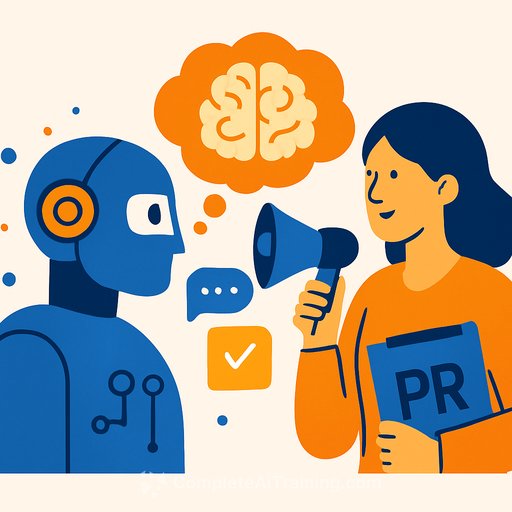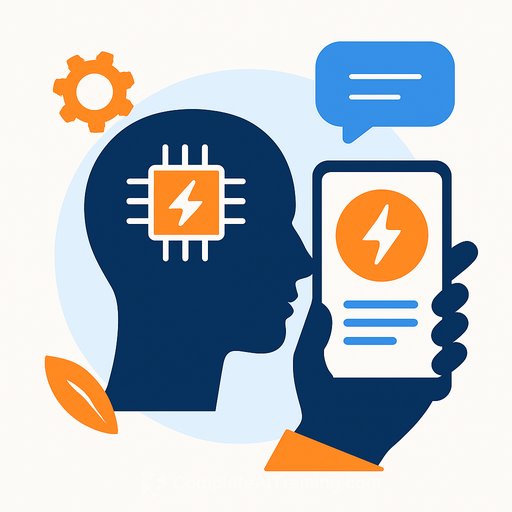The frequent "PR is dead" claims on LinkedIn have become predictable—and frankly, outdated. The media and communications landscape is changing quickly, but PR isn’t disappearing. It’s transforming.
Across industries, emerging technologies and shifting audience behaviours are reshaping how we create and share content. Instead of questioning PR's relevance, we should ask: What does modern PR look like in a world powered by AI?
The importance of agility
The Covid-19 pandemic taught us a vital lesson: agility is key. Companies that adapted quickly didn’t just survive—they grew. This mindset is crucial now as AI reshapes the industry. The global AI market, valued at roughly $244 billion today, is expected to exceed $800 billion by 2030. Adapting isn’t optional; it’s essential.
The real threat isn’t AI
Many fear AI will replace human jobs. The real risk isn’t AI itself—it’s resistance to change. AI won’t take your job, but someone skilled at using AI might. Currently, 72% of companies have adopted AI, and over 80% report positive returns in under three months. Those who resist risk lagging behind peers who integrate AI into their workflows.
The power of AI
AI can boost productivity and efficiency by automating repetitive tasks, analysing large data sets, and enabling personalised communication at scale. But AI still requires human oversight. It can generate content but lacks the instinct to read between the lines, understand nuance, or sense when a message may miss the mark. It doesn’t have empathy, ethics, or judgment. That’s where human expertise comes in.
A “sea of sameness”
With so much AI-generated content flooding the market, there’s a risk of uniformity. Similar prompts often produce similar outputs. The real edge lies with the people behind the machine. Creativity, cultural insight, and storytelling make messages stand out. AI drafts the copy; humans give it heart.
Be curious
Think of AI as your digital intern—initially basic but helpful. The more you teach and refine its output, the smarter it becomes. Over time, AI can evolve from assistant to collaborator. This isn’t a reason to fear AI; it’s a reason to understand it better. Curiosity about how AI works and how to use it responsibly is vital.
The growing trust gap
Many professionals hesitate to admit using AI, while others rely on its output without proper checks. Worse, some upload sensitive company data into unsecured AI tools. This highlights an urgent need for training and clear policies—not to stop AI use but to make it smarter, safer, and more strategic. PR professionals are well placed to lead by promoting transparency, accountability, and clear communication.
The mindset
Nearly half of Fortune 1000 companies now embed AI in core operations. Industries like finance, retail, and consulting are setting examples. Yet the most important factor isn’t the tool itself—it’s the mindset. Are you ready to learn, adapt, and lead? AI is transforming PR, but it remains a tool, not a replacement.
The real advantage comes from combining human intelligence with AI’s capabilities. This blend unlocks greater effectiveness, creativity, and strategic insight. PR isn’t dead—it’s being reborn. Instead of asking if PR is over, we should focus on redefining what it can become when AI and human leadership work together.
Your membership also unlocks:






